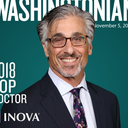Having done lots of facial fat transfer in the past and having met a lot of patience, I’ve had the procedure I’ve come to the conclusion that facial fat grafting is inherently, unpredictable, imprecise, and potentially unforgiving, if patients are unhappy with the outcome.


